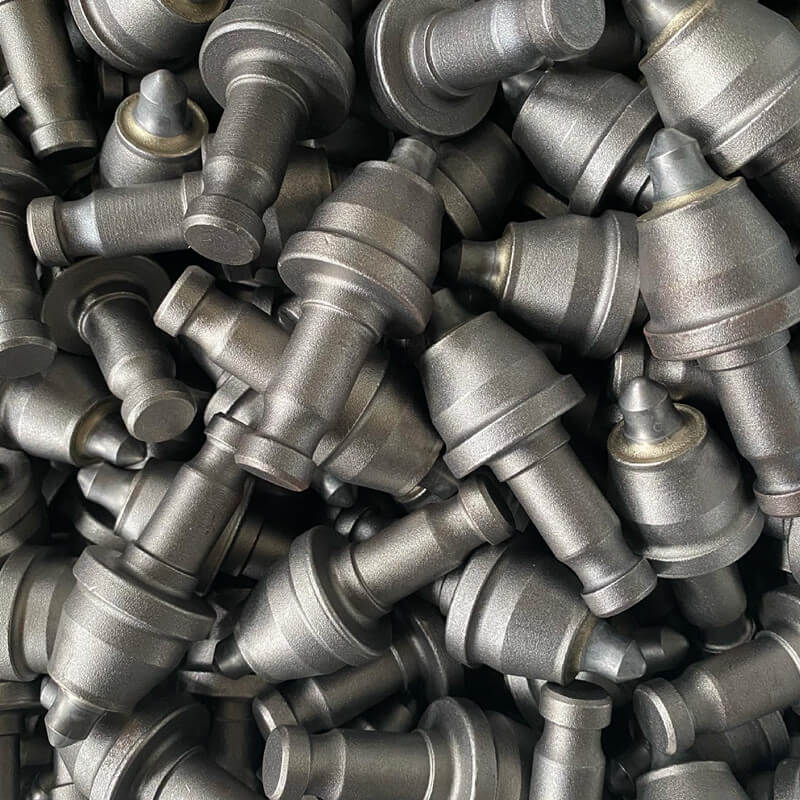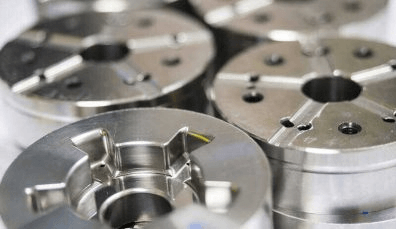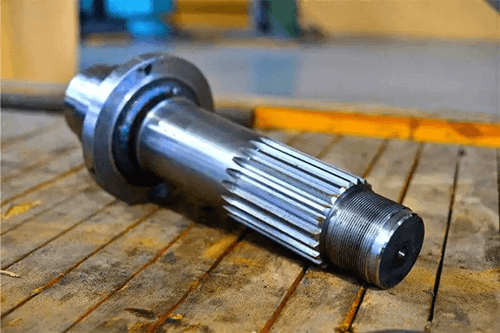5 Reasons Forging Gears Adoption Is Growing Rapidly
The mechanical world has evolved rapidly, with new technologies and processes constantly emerging to meet the ever-growing demands of industries. Among these, the adoption of forging gears has seen a significant rise. Here are the top 5 reasons for the burgeoning popularity of forged gears:
Superior Strength and Durability
One of the primary reasons industries are turning to forged gears is their exceptional strength and durability. The forging process, which involves heating metal until it’s malleable and then shaping it under high pressure, ensures that the grain structure of the metal aligns with the gear’s shape. This results in a more robust, wear-resistant gear that can handle higher loads and stresses.
Enhanced Performance
Forged gears offer smoother and more consistent power transmission, reducing vibrations and noise levels. Their precise geometric shapes ensure better meshing of gear teeth, enabling machines to operate at peak performance for extended periods without the need for frequent maintenance or replacements.
Cost-Efficiency in the Long Run
While the initial investment in forged gears might be higher than cast or machined gears, the long-term benefits make them cost-effective. Due to their longevity and reduced maintenance needs, industries can achieve a lower total cost of ownership. This makes forged gears an economically attractive option for businesses looking for a reliable and long-term solution.
Versatility Across Industries
From automotive and aerospace to renewable energy and mining, the application of forged gears spans a wide range of sectors. Their ability to withstand high stresses and operate in extreme conditions makes them an ideal choice for industries that require heavy-duty performance.
Innovation and Technological Advancements
The forging industry has witnessed numerous innovations in recent years. Advanced forging techniques, such as precision forging and warm forging, have allowed for the production of complex gear shapes with greater accuracy. Moreover, computer-aided design (CAD) and simulations enable engineers to optimize gear designs before the actual forging process, ensuring the production of high-quality gears tailored to specific applications.
For all your forging gear needs, check out this website for the best deals. The manufacturer has some of the best deals in the market.




